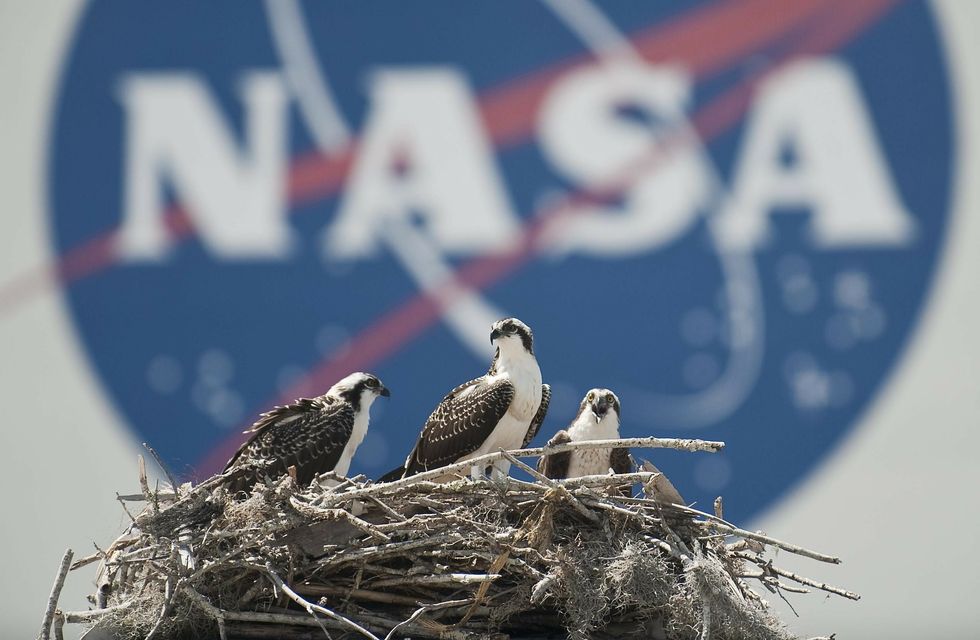Florida has a variety of native wildlife that inhabit the Sunshine State. UCF has preserved nature throughout campus from the swampy Boardwalk near the Student Union to the larger arboretum, a forest home to many animals.
1. Gray Squirrel

Pixabay
The gray squirrel is a UCF favorite because of their presence at the Boardwalk. Famously cute, the Student Union even has a day dedicated to our unofficial animal mascot. Their fluffy tails and wide eyes make them impossible to ignore as they beg politely for a spare fry or a piece of granola. Squirrels are listed as Least Concern for their conservation status. Even though they mostly subsist on a diet of fast food from college students, they usually munch on acorns and even tree bark when winter break rolls around. Gray squirrels do not hibernate, but will bury extra seeds and acorns in caches during autumn.
2. Alligator

Pixabay
Don't worry, there aren't many gators at UCF. However, some have been reported in Lake Claire, basking in their natural habitat. Alligators are listed as Least Concern thanks to recent conservancy efforts in the last decade to protect the population of alligators in Florida. These reptilians can live up to 50 years of age. Some gators can grow over 11 feet long and weigh half a ton. Researchers have discovered that alligators will intentionally eat fruit. We all know that these carnivores crave meat, but sometimes they will seek out fruit such as oranges or berries. Scientists don't know why this occurs or how it benefits the alligator. For now, it remains a mystery.
3. Sandhill Crane

Pixabay
Have you ever been walking to class then hear the chime-like echoes of a song? Sandhill cranes constantly sing to each other. Their melody is hard to describe, but certainly recognizable once you hear it. Sandhill cranes are listed as Least Concern. These birds mate for life and dance to impress each other. They can fly up to 35 mph. Cranes feed on vegetation, roots, and grubs.
4. Raccoon

Pixabay
These little bandits scamper along at night, raiding garbage cans and unguarded dumpsters. Raccoons are very common throughout the United States and can thrive in both forested and urban environments. Last fall, I saw a family of raccoons catching minnows in the water below the Boardwalk. The babies were small, just about three months old. They still had nine more months with mom until they became independent adults. Raccoons are omnivores and will eat anything they can get their opposable fingers on.
5. Gopher Tortoise

Pixabay
The Gopher tortoise is listed as vulnerable due to habitat loss. UCF offers a stable environment, especially within the arboretum, for these slow-moving reptiles to live. These reptilians make burrows that can reach up to 50 feet in length and nearly 10 feet deep. Their home provides shelter to other species. They mostly eat grass and some types of mushrooms. Tortoises obtain water from their diet, but when drought or extreme heat strikes, they will drink from a lake or other water source.
6. Osprey

Pixabay
Ospreys are all over Florida. These large birds of prey hunt fish which they spear with their sharp talons. I have seen an osprey dive for a fish in the lake across from CB-1. They have keen eyesight and a reversible toe so they can grab a fish from behind or in front, much like a thumb. Ospreys are of Least Concern because of their adaptability and high population. Ospreys are also called sea hawks and will build massive nests on light posts, highway signs, and trees.
Take a walk on the wild side and explore the forest or visit the squirrels in the Boardwalk!



































